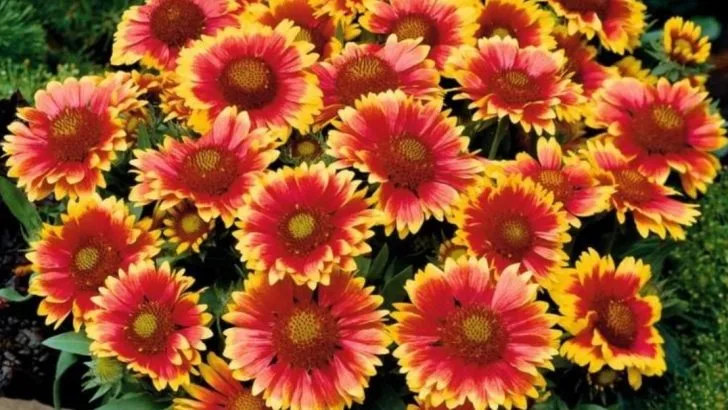Cottage gardens aren’t just for cool, misty climates—they can thrive in Southern heat with the right plant choices. If you’ve been dreaming of that romantic, overflowing look but fear your flowers will wilt in the midday sun, don’t worry—many classic cottage plants are tougher than they look.
From heat-tolerant perennials to old-fashioned bloomers with modern stamina, these garden favorites bring charm and color even when temperatures soar. Think fragrant lavender, cheerful black-eyed Susans, and resilient hollyhocks—all perfectly capable of handling humid afternoons and long dry spells.
Coneflower
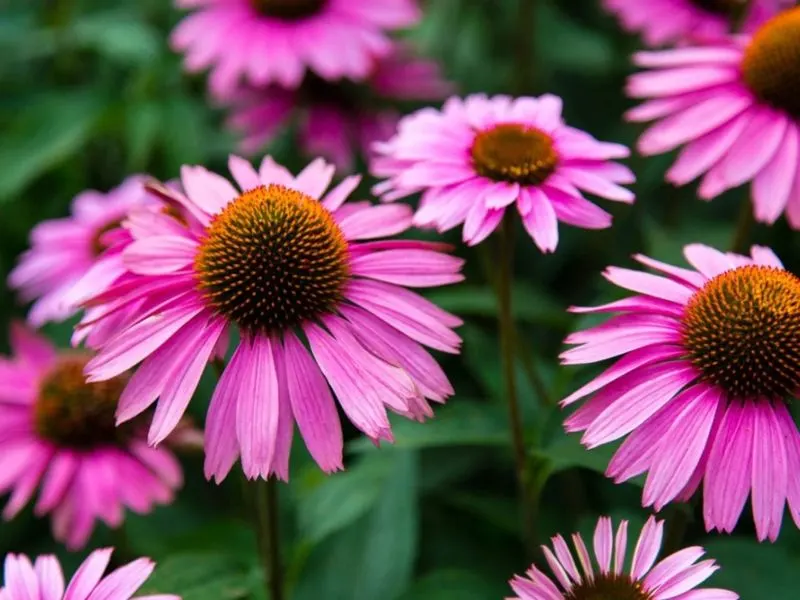
Coneflowers stand tall and proud, displaying vibrant petals that seem to dance in the gentle breeze. These heat-loving perennials are a favorite for their striking appearance and ability to thrive in the Southern heat. Known for attracting butterflies, they add both beauty and ecological value to your garden. Plant them in well-drained soil, and they’ll reward you with blooms all summer long. Consider mixing them with other wildflowers for an authentic cottage garden feel. Their hardy nature ensures they’ll keep coming back year after year, making them a reliable choice for garden enthusiasts.
Black-eyed Susan

The cheerful Black-eyed Susan boasts sun-kissed yellow petals that surround a deep brown center. Perfect for adding a splash of color, these flowers flourish in sunny spots and are remarkably drought-tolerant. Their daisy-like blooms create a warm, inviting atmosphere, making them a staple in any cottage garden. They’re easy to grow and maintain, appealing to both novice gardeners and seasoned experts alike. Plant them in masses for a bold statement or intersperse them among other perennials for a more eclectic look. Either way, their joyful presence is sure to uplift.
Daylily
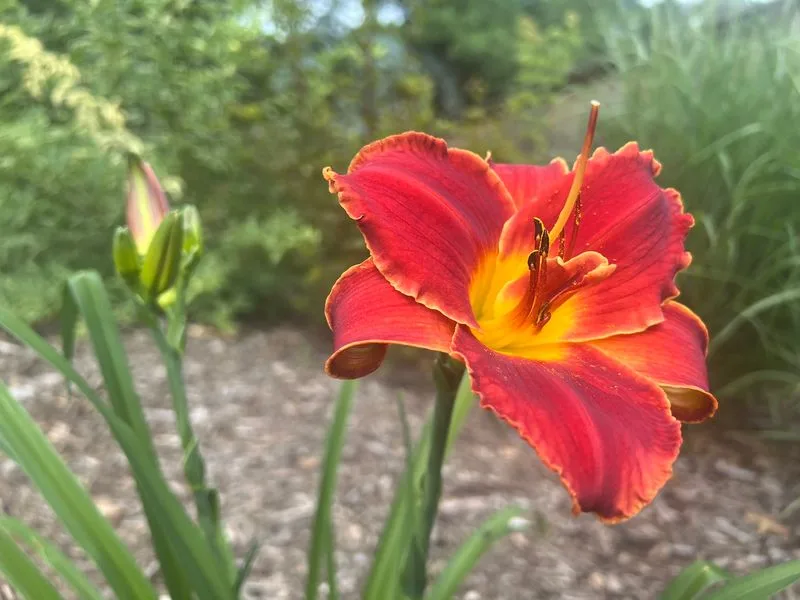
Daylilies bring a kaleidoscope of colors, with blossoms that open for just a day but leave a lasting impression. These adaptable flowers are practically maintenance-free and can withstand the intense southern sun with ease. Offering a range of vibrant shades, they fit seamlessly into any cottage garden design. Their ability to thrive in different soil types adds to their appeal, ensuring they have a place in gardens both large and small. Whether planted in clusters or as standalone accents, daylilies promise a dynamic display throughout the blooming season.
Lavender
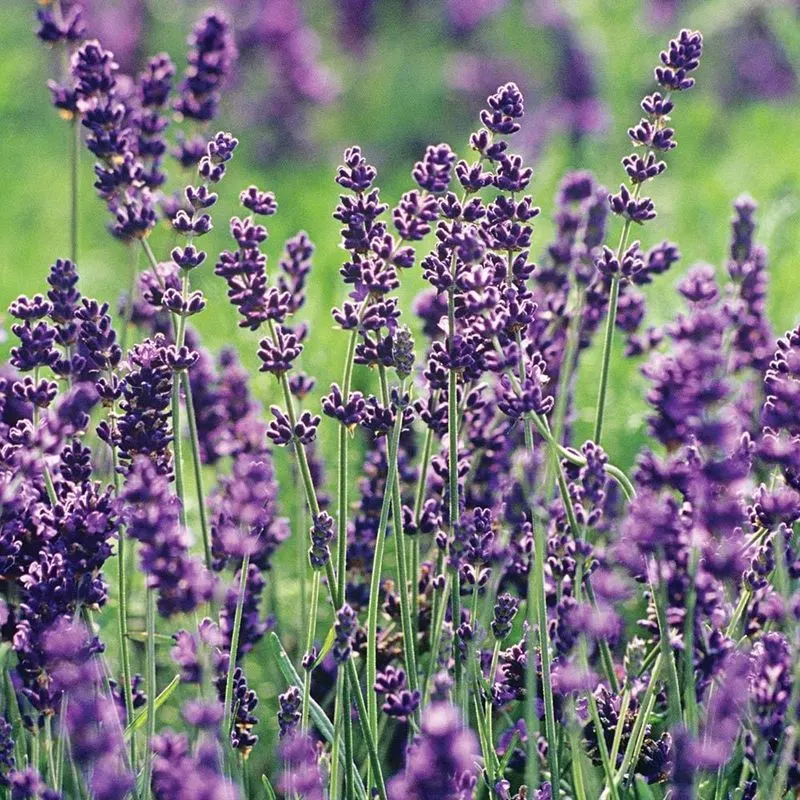
Lavender’s fragrant purple blooms are a sensory delight, evoking scenes of romance and relaxation. Nestled within a Southern cottage garden, it serves as a natural aromatic retreat. This perennial herb thrives in well-drained soil and full sun, making it an ideal choice for warmer climates. Its silvery foliage offers a striking contrast to vibrant flowers, adding texture and depth to the landscape. Use lavender to create aromatic borders or as companion plants to roses and other cottage garden classics. Its fragrance and beauty are matched only by its resilience.
Yarrow
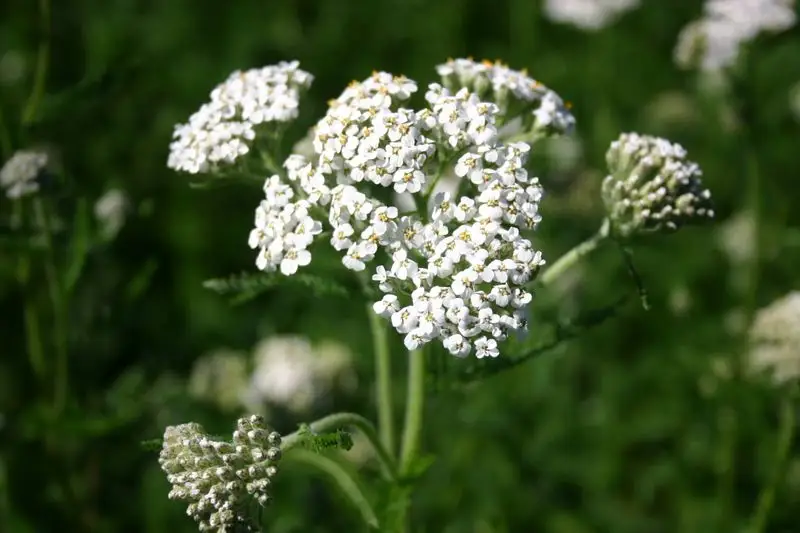
Yarrow’s feathery foliage and clustered blooms bring a touch of whimsy to any garden. Its ability to attract beneficial insects and tolerate the heat makes it a practical and attractive choice for Southern garden enthusiasts. The flowers come in a variety of colors, from soft pastels to bold yellows, offering versatility in design. Yarrow’s drought resistance ensures that it will remain a steadfast member of your garden even in drier periods. Consider pairing it with grasses or native plants for a naturalized look that requires minimal upkeep.
Salvia
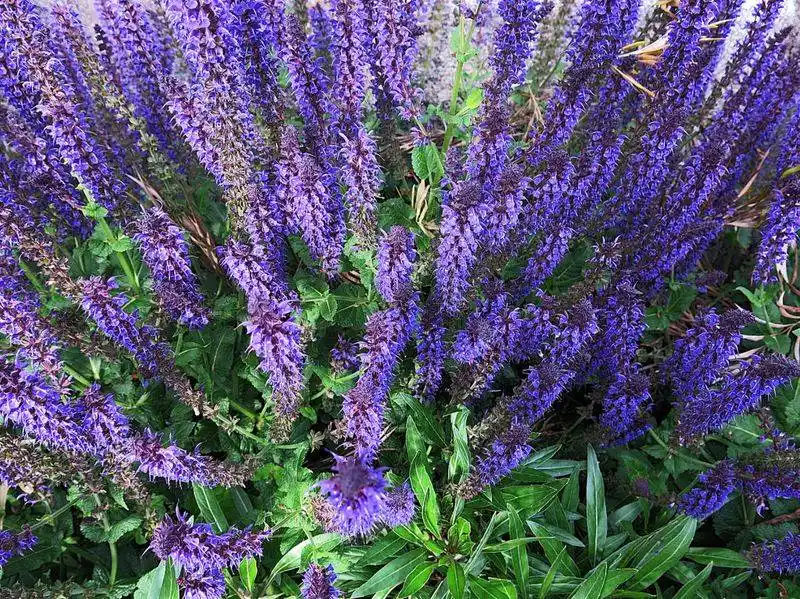
Salvia’s tall, spiky blooms in shades of blue and purple are a magnet for pollinators, bringing life and movement to the garden. This heat-tolerant perennial enjoys a sunny spot and minimal watering once established. Its blooms persist throughout the season, ensuring a continuous display of color. Salvia’s upright form adds a vertical element to the garden, complementing lower-growing plants beautifully. Plant it in groups for a dramatic impact or scatter it among other perennials for a more informal cottage garden style that excites the senses.
Coreopsis
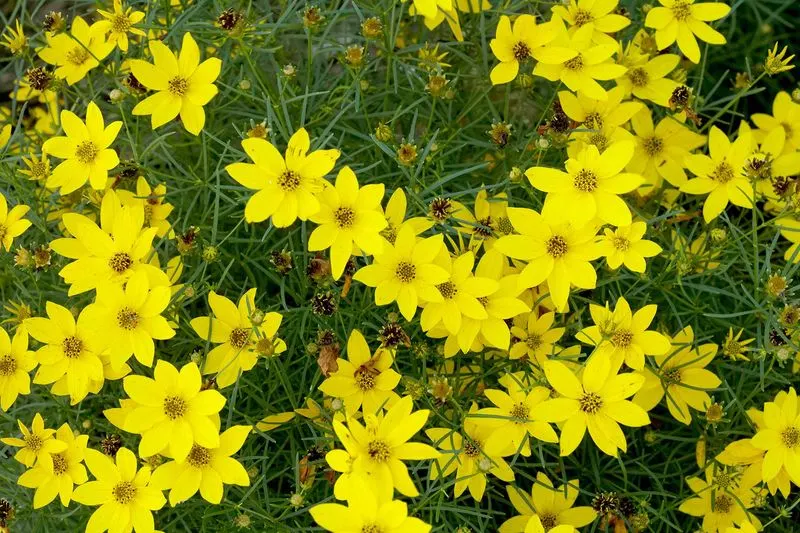
Coreopsis, with its dainty petals and cheerful yellow blooms, offers a sun-kissed presence that brightens any garden. This hardy perennial thrives in full sun, making it a fitting choice for Southern climates. Known for its long blooming season, coreopsis requires little attention, allowing you to enjoy its beauty without much effort. Its ability to self-seed ensures new growth each year, adding to its charm and practicality. Pair coreopsis with other wildflowers for a meadow-like feel or use it as a border plant for a splash of consistent color.
Gaillardia

Also known as blanket flower, gaillardia’s fiery red and yellow blooms create a striking contrast against green foliage. These drought-tolerant plants love the heat, making them ideal for Southern gardens. Their vibrant colors and long-lasting blooms make them a favorite among gardeners looking to add excitement and energy to their garden spaces. Gaillardia’s carefree nature allows them to thrive in poor soils, making them both a practical and beautiful choice. Use them in borders or mass plantings for a dramatic, eye-catching display that endures the summer sun.
Zinnia
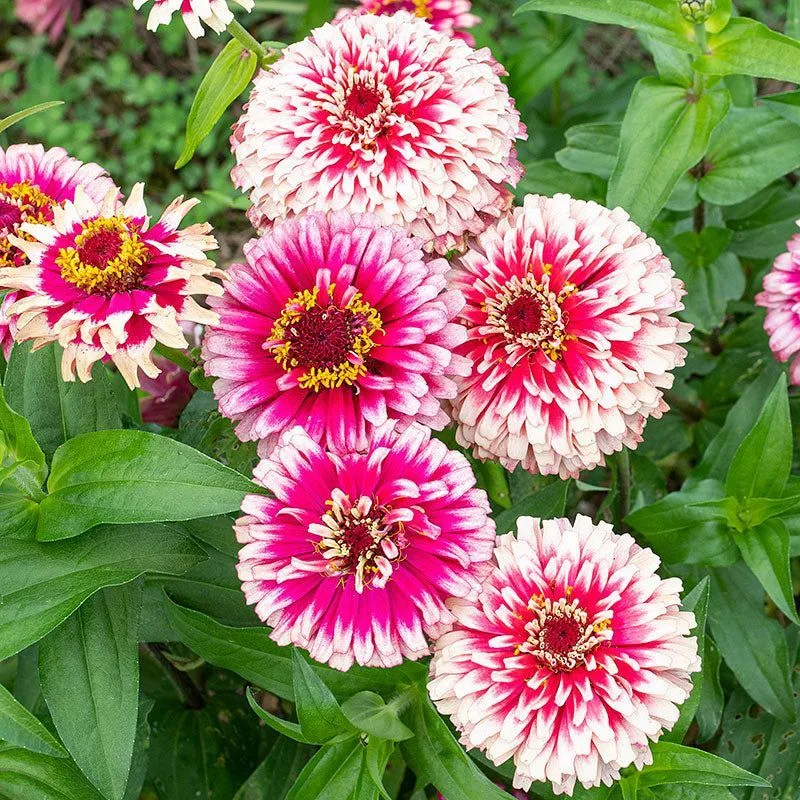
Zinnias bring a riot of color, with bold blooms that stand proudly in the face of Southern heat. These annuals are known for their ease of growth and ability to attract butterflies, adding both visual and ecological value to the garden. With a range of colors and sizes available, zinnias provide endless opportunities for creative planting. They thrive in well-drained soil and full sun, rewarding gardeners with a profusion of flowers throughout the season. Consider using them in cutting gardens or as a dazzling focal point in mixed flower beds.
Sedum
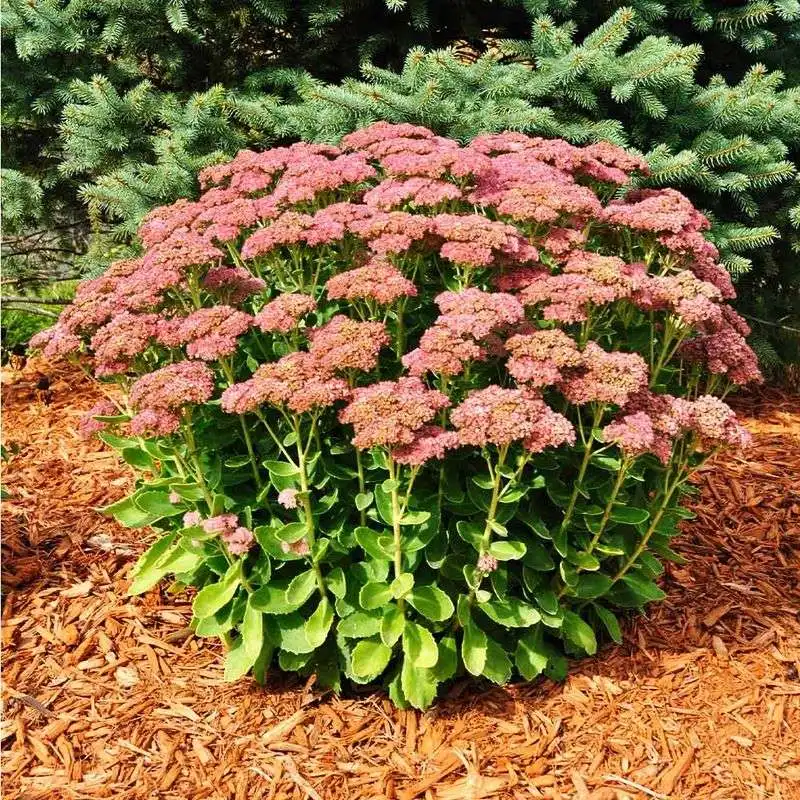
Sedum, with its succulent-like leaves and star-shaped flowers, offers a unique texture to the garden. These drought-tolerant perennials are perfect for Southern climates, where they flourish with minimal care. The fleshy foliage retains water, ensuring resilience during dry spells. Sedum’s flowers come in various hues, adding subtle color to the garden. Plant them in rock gardens, borders, or containers for a versatile display. Their low-maintenance nature and striking appearance make them an appealing choice for gardeners seeking beauty and practicality.
Russian Sage
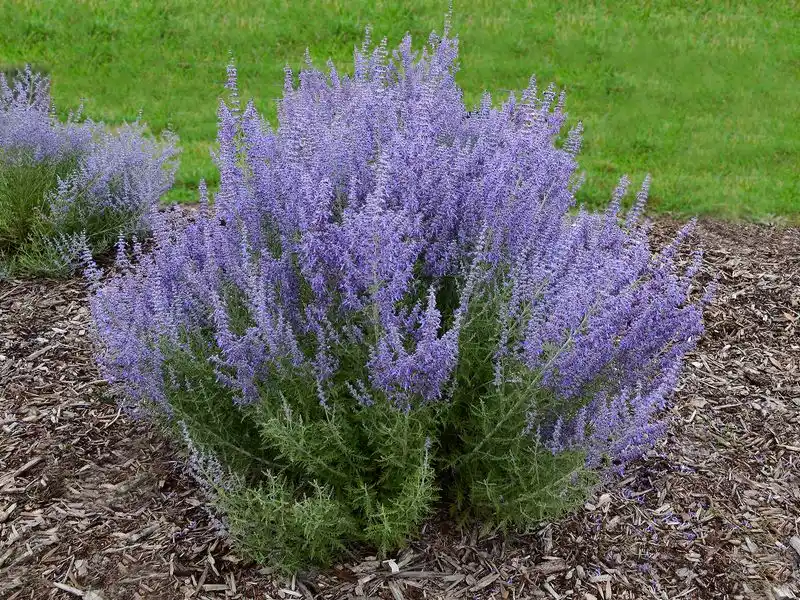
Russian sage offers an airy grace with its silvery foliage and delicate lavender blooms. It’s a stalwart in Southern gardens, known for thriving in hot, dry conditions. The plant’s tall, wispy stems add movement and texture, creating a soothing backdrop for more vibrant flowers. Russian sage is drought-resistant and requires minimal water, making it a sensible choice for sustainable gardening. Place it in borders or use it as a centerpiece in mixed beds. Its fragrant leaves and robust nature ensure that it remains a favorite among Southern gardeners.
Lantana
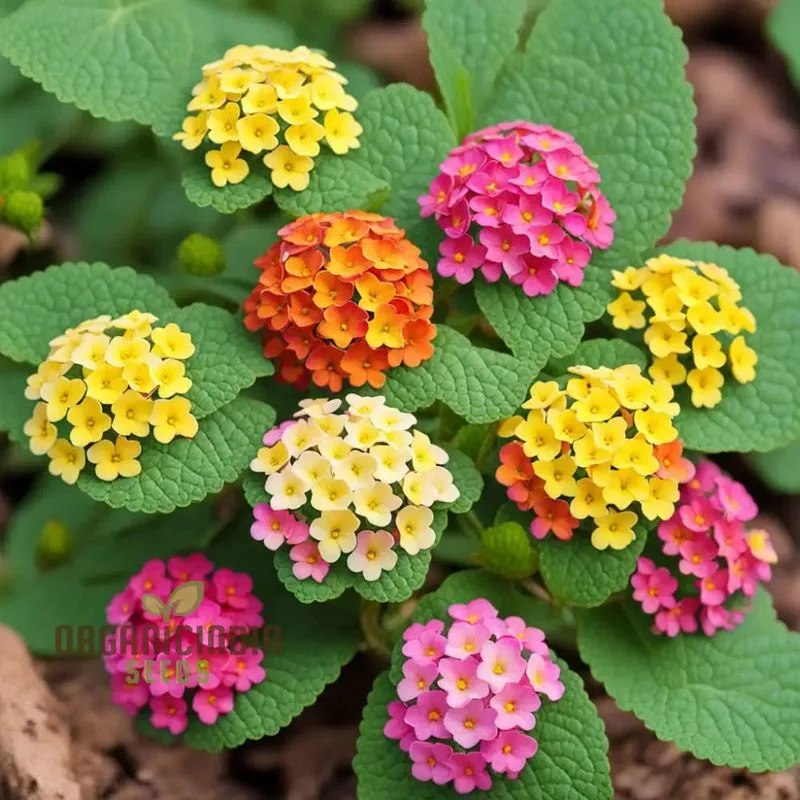
Lantana’s clusters of multicolored flowers offer a vibrant spectacle that draws in butterflies and hummingbirds. This hardy shrub thrives in the Southern heat, requiring little water once established. Its ability to bloom from spring through fall ensures that garden spaces remain alive with color for much of the year. Lantana’s resilience extends to various soil types, making it adaptable to different garden settings. Plant it in containers, hanging baskets, or as part of a mixed border for a burst of color that requires minimal fuss and attention.
Hibiscus
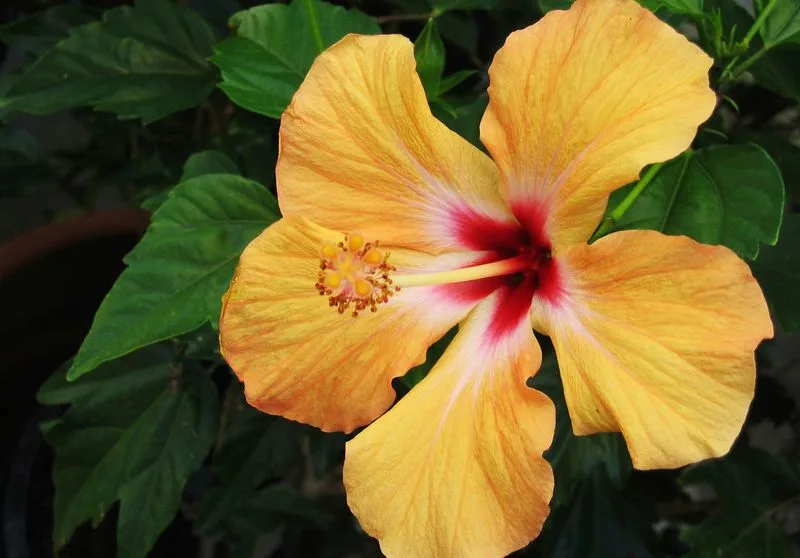
Hibiscus stands out with its large, trumpet-shaped flowers that capture attention with their tropical flair. Thriving in the Southern heat, these perennial shrubs bring an exotic touch to any garden. Hibiscus blooms in a variety of colors, from bold reds to soft pinks, offering versatility in garden design. Their preference for sunny spots and well-drained soil ensures they flourish with ease. Use hibiscus as a focal point in your garden or as part of a tropical-themed display. Their dramatic blooms are sure to ignite the imagination and inspire creativity.
Bee Balm

Bee Balm’s vibrant flowers, often in shades of red and pink, attract bees and butterflies, creating a lively garden environment. Known for its aromatic leaves, bee balm is a delight for both gardeners and pollinators. This perennial thrives in sunny spots and well-drained soil, making it a fitting addition to Southern gardens. Its striking blooms add a splash of color and texture, enhancing the visual appeal of any landscape. Plant bee balm in groups for a bold display or as part of a mixed border to enjoy its vibrant presence.
Rosemary
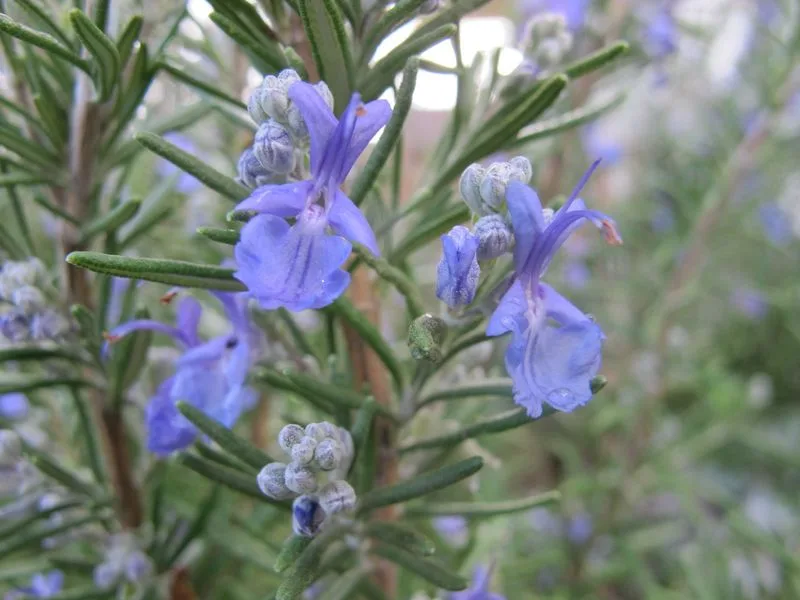
Rosemary offers both culinary and ornamental value, with fragrant leaves that are a staple in many kitchens. Thriving in the Southern sun, rosemary is a hardy herb that requires minimal water once established. Its evergreen foliage provides year-round interest, and its small, pale blue flowers attract pollinators. Plant rosemary in herb gardens, borders, or containers to enjoy its multifaceted appeal. The refreshing scent and culinary uses make it a versatile choice for gardeners seeking both beauty and functionality. Its robust nature ensures it remains a steadfast garden favorite.
Shasta Daisy

Shasta Daisy’s classic white petals and sunny yellow centers bring a timeless elegance to any garden. These perennials thrive in full sun and well-drained soil, making them a perfect match for Southern climates. With their long blooming season, Shasta daisies provide continuous beauty from late spring through fall. Their sturdy stems and cheerful appearance make them ideal for cutting gardens, bringing a touch of the outdoors inside. Plant them in masses for a classic look or mix them with other perennials for a diverse and colorful display.
Verbena
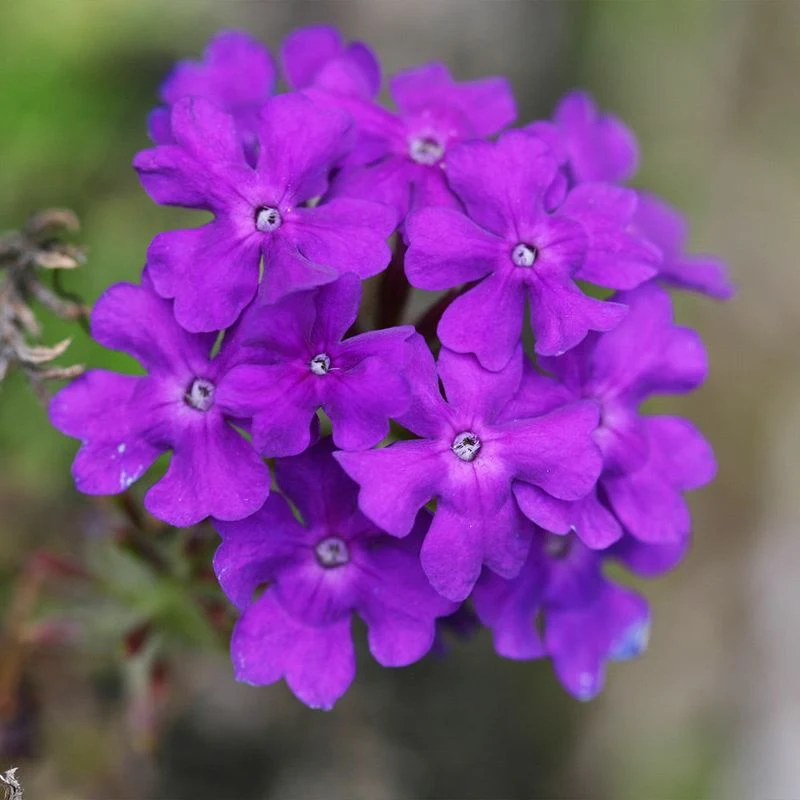
Verbena’s clusters of small blooms in shades of purple and pink add a delicate charm to garden spaces. Known for their heat tolerance, these annuals thrive in sunny spots and require little water. Verbena’s spreading habit makes it ideal for ground cover, containers, or hanging baskets, offering versatility in garden design. Its ability to attract pollinators adds ecological value, creating a lively and interactive garden environment. Plant verbena in groupings for maximum impact or alongside other annuals for a beautiful and carefree display.
Catmint
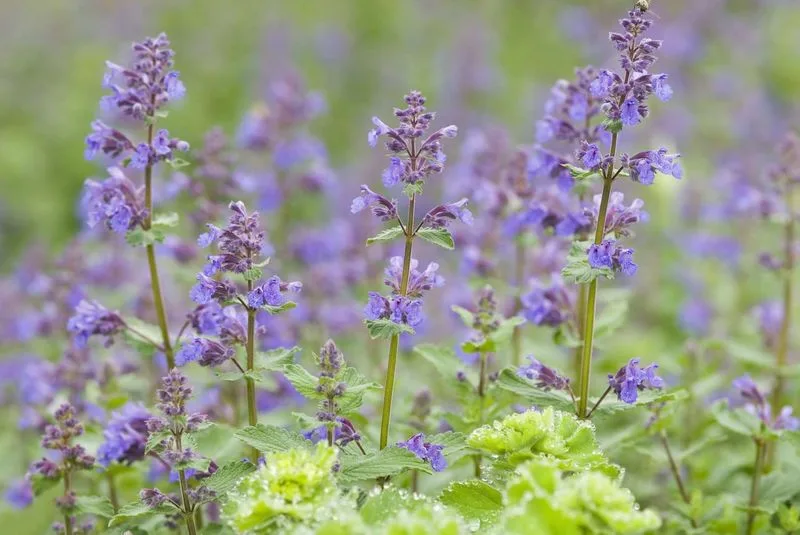
Catmint’s aromatic foliage and soft purple-blue flowers create a soothing and inviting garden atmosphere. This perennial is known for its tolerance to heat and drought, making it a suitable choice for Southern gardens. Catmint’s sprawling habit adds a relaxed and natural feel to any landscape, complementing both formal and informal designs. Its long blooming season ensures that color is present from spring through fall. Use catmint to line pathways or as a border plant, enjoying its calming presence and the gentle hum of pollinators it attracts.
Hollyhock
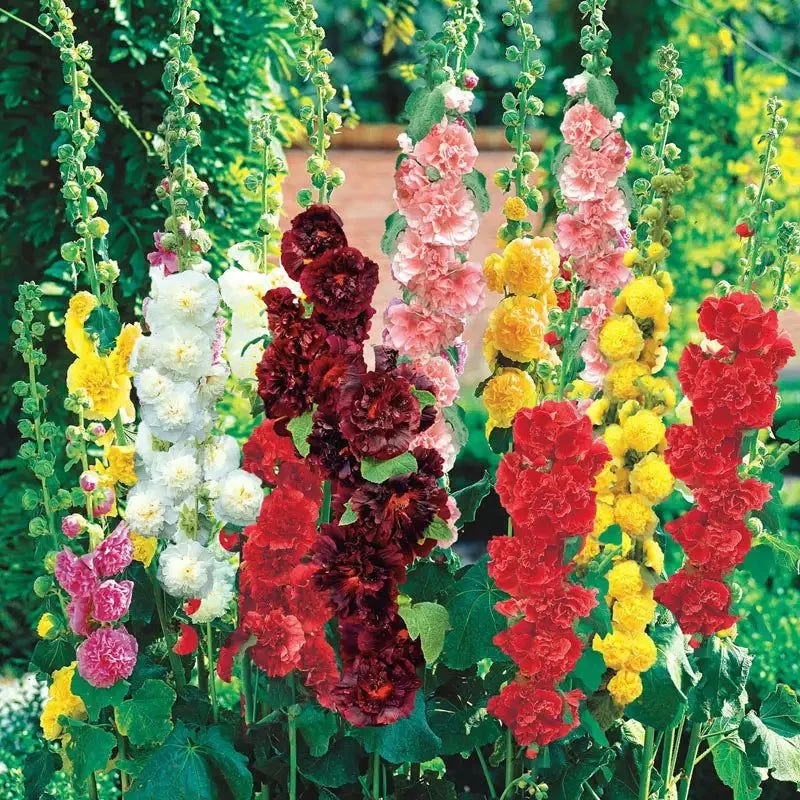
Hollyhocks, with their towering spikes of blossoms, bring a touch of nostalgia to cottage gardens. These biennials flourish in sunny Southern climates, adding vertical interest and old-world charm. The flowers come in an array of colors, from soft pastels to vibrant reds, providing endless options for creative garden design. Hollyhocks’ towering stature makes them ideal for the back of borders or along fences, where they can create a dramatic backdrop. Their association with classic gardens ensures they remain a beloved choice among those seeking timeless beauty.
Snapdragon
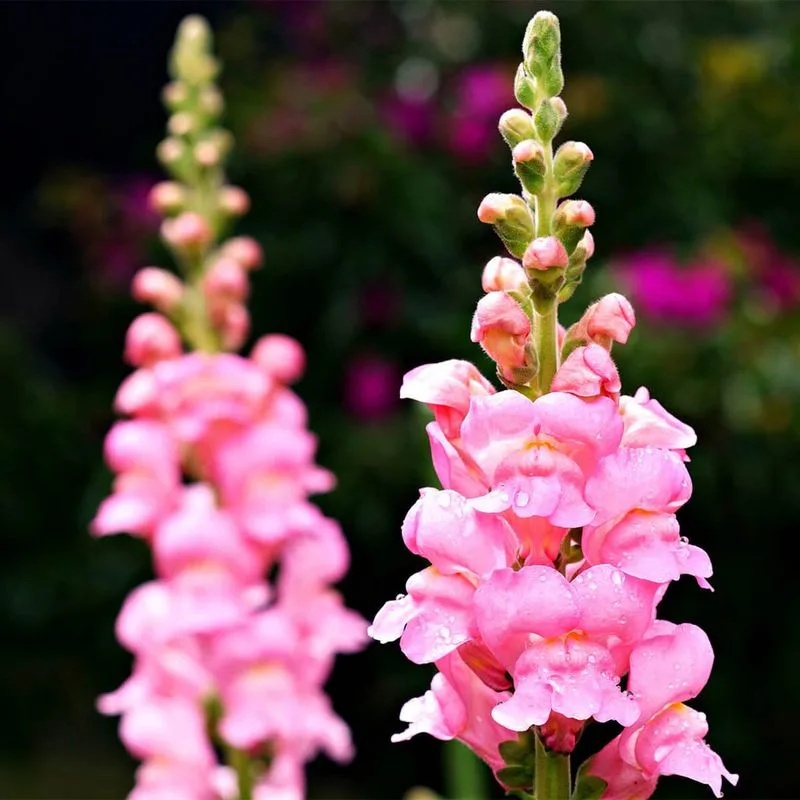
Snapdragons offer a playful touch with their whimsical blooms that resemble the jaws of a dragon. These annuals thrive in the Southern sun, bringing a splash of color to garden beds and borders. With a wide range of colors and sizes, snapdragons provide endless possibilities for creative planting. Their upright form and textured blooms add depth and visual interest, making them a favorite among gardeners. Use snapdragons in cutting gardens or mixed flower beds for a lively and engaging display. Their cheerful presence is sure to bring smiles to all who visit.

